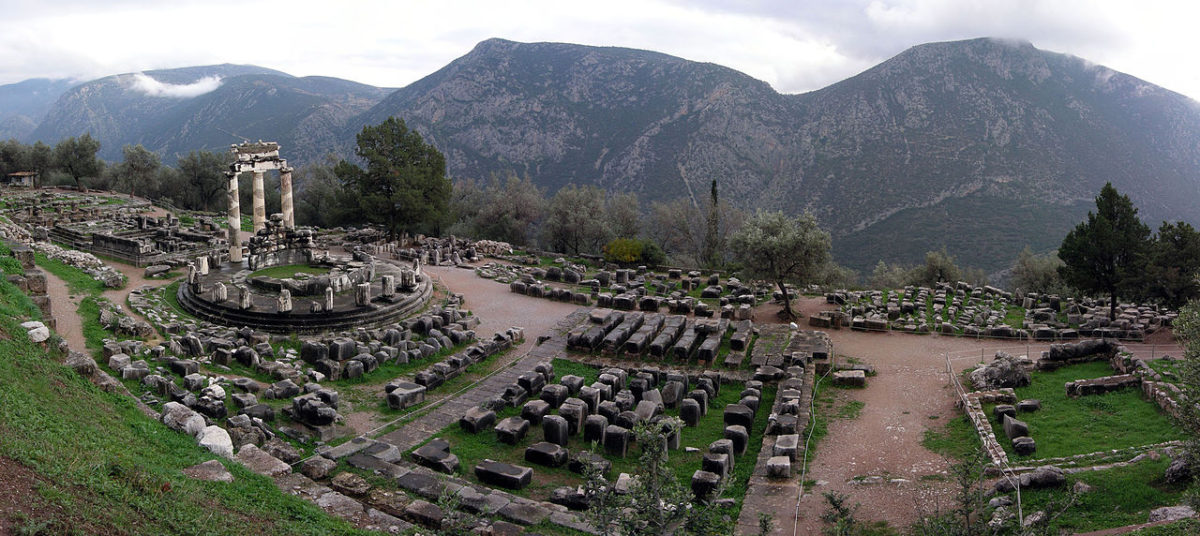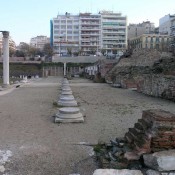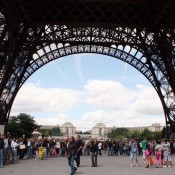“Logistics in Greek Sanctuaries. Exploring the Human Experience of Visiting the Gods” is a conference organized by the Italian School of Archaeology at Athens. It will take place on 13-16 September 2018 and hosted by the Swedish Institute at Athens. Organizers are Gunnel Ekroth (Uppsala University) and Judy Barringer (University of Edinburgh).
The conference adopts the perspective of the human visitors to Greek sanctuaries, in order to explore the hands-on, logistical experience of someone coming to a Greek cult place. Of interest is how people travelled to the location and once there, the logistics as to where they slept, cooked, ate, drank and took care of their hygiene, but also how trash and waste were handled, how transport and sacrificial animals were fed, and if markets occurred and what was bought and sold. In short, to what extent did the architecture and activities in Greek sanctuaries reflect the needs of the humans and animals present?
Program:
Judith M. Barringer, University of Edinburgh, “Handworkers and Repair in Greek Sanctuaries”
-Christophe Chandezon, Université Paul Valéry-Montpellier, “Animal Care in Greek Sanctuaries”
-Véronique Chankowski, Université de Lyon, “The Question of Temple Merchants: Buying and Selling in Greek Sanctuaries”
-Hélène Brun, Université Paris-Sorbonne, “Traveling to the Sanctuary on Delos”
-Floris van den Eijnde, Universiteit Utrecht, “Drinking with the Gods: Some Implications of Wine Consumption in Greek Sanctuaries”
-Gunnel Ekroth, Uppsala University, “Oikoi, Priestly Houses, and Other Spaces for Human Accommodation in Greek Sanctuaries”
-Laura Gawlinski, Loyola University Chicago, “Managing the Ebb and Flow of Competing Claims on Sacred Space”
-Sandrine Huber, Université de Lorraine, “The Logistics of the Hecatombs and Other Large-Scale Sacrifices”
-Patrik Klingborg, Uppsala University, “Water Beyond the Ritual in Greek Sanctuaries”
-Astrid Lindenlauf, Bryn Mawr College, “The Treatment of Kopros in Greek Sanctuaries and Settlements”
-Jeremy McInerney, University of Pennsylvania, “‘… χοῖροςτὸ ἱερὸν καθάρασθαι:’ Recurring Costs and the Logistics of Sanctuaries”
-Michael MacKinnon, University of Winnipeg, “What’s for Dinner? The ‘Menu’ in Greek Sanctuaries”
-Petra Pakkanen, Stockholm University, “The Handling of Hides and Skins in Greek Sanctuaries: A Sacred or Profane Business?”
-Ioanna Patera, Jagiellonian University, “Who Is Using What: Objects for Officials and Objects for Visitors in Greek Sanctuaries”
-Ian Rutherford, University of Reading, “Travel to Greek Sanctuaries”
-David Scahill, University of Athens, “Stone Tables and Stone Benches. The Interior Decoration of Greek Stoas as Multipurpose Buildings”
-Monika Trümper-Ritter, Freie Universität Berlin, “The Dirt on Clean: Sanitary Installations in Greek Sanctuaries”
-Alexandra Villing, British Museum, “Trade, Tourism or Devoted Believers? Explanations of Foreign Objects in and out of the Sanctuary at Naukratis”
-Jenny Wallensten, Swedish Institute at Athens, “Locked in/Locked out: How Was Access to Sanctuaries and Their Sacred Buildings Controlled in Practice?
-Marek Wȩcowski, University of Warsaw, “Elite and Non-Elite Drinking in Greek Sanctuaries”




